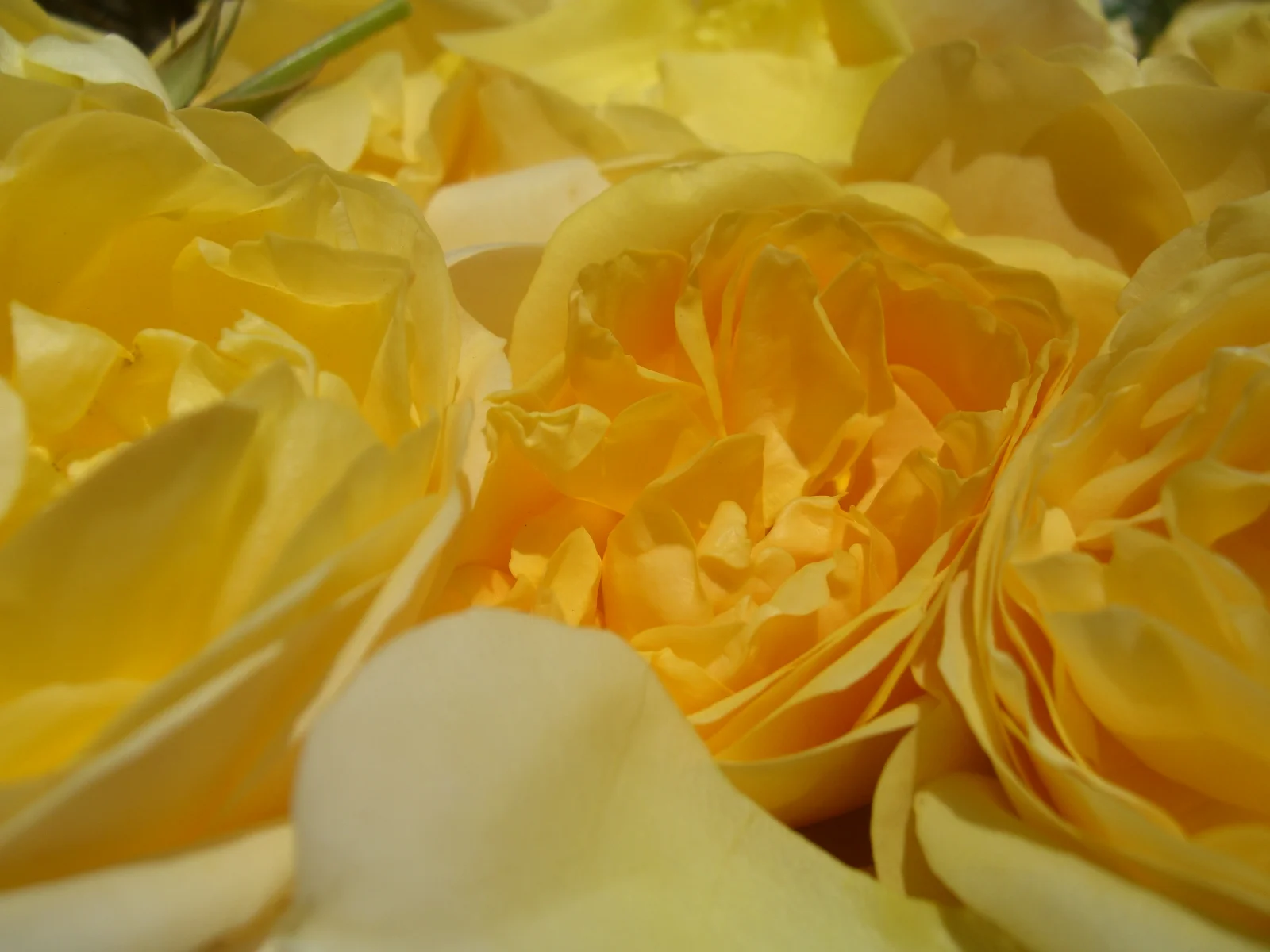We all know that focus is powerful beyond measure. Focus is also blissful, it transcends time, burns through distraction and is in fact the only way to achieve anything. It has long been a subject of spirituality and in yoga is one of the eight limbs that serve to reunite ourselves with ourselves.
When we apply our attention to a task, an object or even a thought, our energy travels there swiftly. In times of stress our energy is being pulled in many different directions which is overwhelming to the nervous system. Stimulants such as caffeine act as saviours to focus the mind and yet would it not be that the object of focus hold enough delight without such aids.
How did we allow ourselves to get stressed in the first place? What pulled us off focus? Are we focusing on the right thing? What if the answer were no?
If through our sustained focus we are able to achieve our hearts' utmost desire; why do we not apply ourselves more thoroughly? And what happens when distraction rears its ugly head? Do we follow it? push it back down through the layers?
When we make choices in accordance to the dharma, the energy carries us effortlessly. When we stray; there is stress & strain. Dharma is impervious to outside goings on, it is within you just as you are within all.
Great masters treat defilement thus: make these the objects of your focus: - if you are a smoker: inhale & exhale with focus, - if you entertain odious thoughts: focus on these, observe their true nature that is empty.
In our modern world we have become good at consuming, but bad at consuming with love, with consciousness. We have come up with the self negating concept of "guilty treat". So make love to your guilt.
This doesn't mean that you keep repeating that which keeps you chained; through your undivided focus you shoot a laser beam through the very links of the chain, that they dissolve.
Initially the energy you summon to focus is tied up in all your distractions, self flagellations and exhausting habitual thoughts. A little grace will help but it can also help to remember that you can only every truly focus on one thing; the one; undivided; just one. Therefore there is no such thing as more focus or less focus. As soon as you try to focus more you will find yourself exhausted by the very effort.
Let it be a natural movement, as if it found you rather than the other way around.
Yoga offers tools to help the mind focus. The mind that skips about like a squirrel from tree to tree. Mantra is one of these tools: repeating chants that vibrate at the level of the heart, quietening the mind that it may focus without effort.
Hare Om









